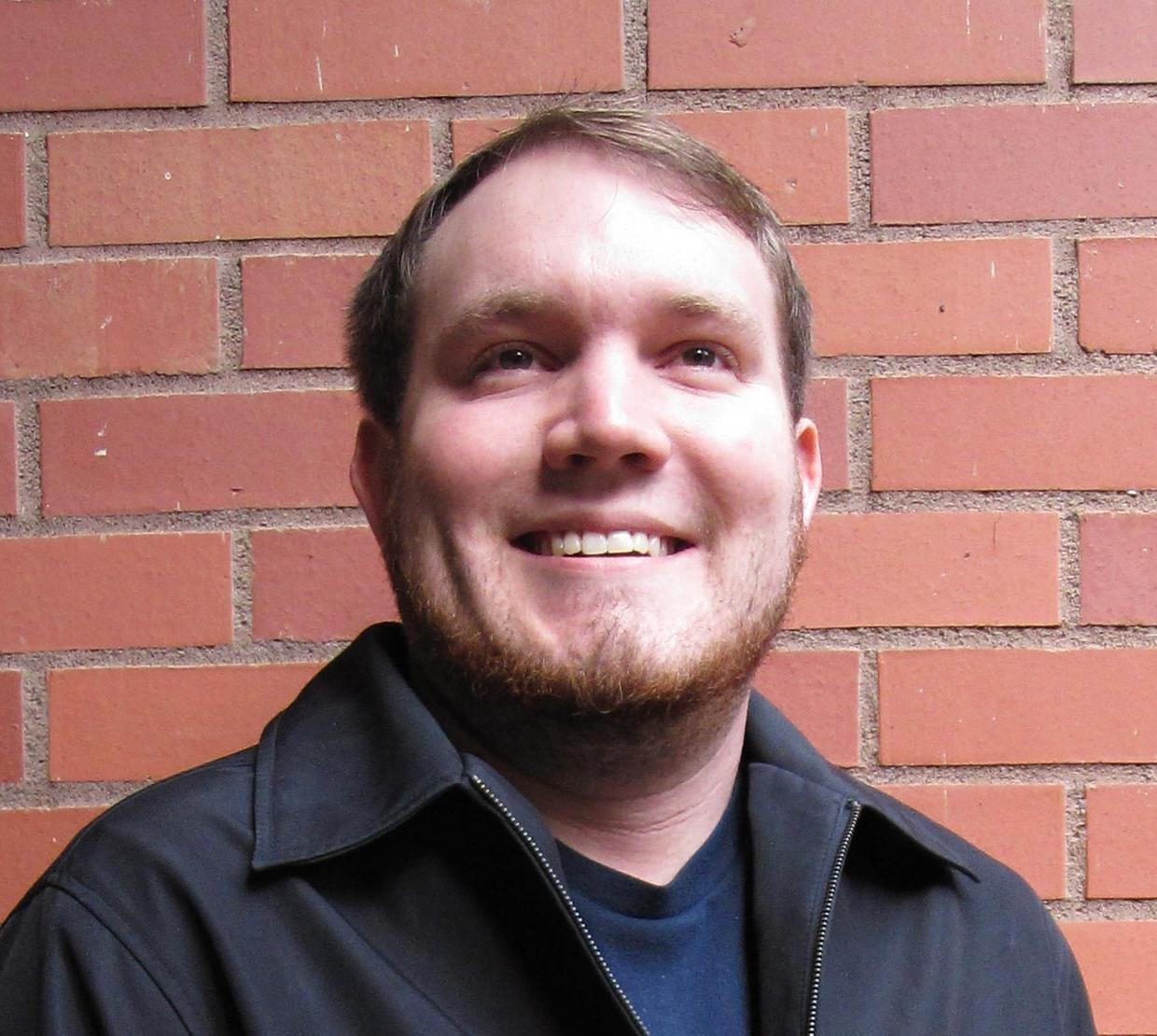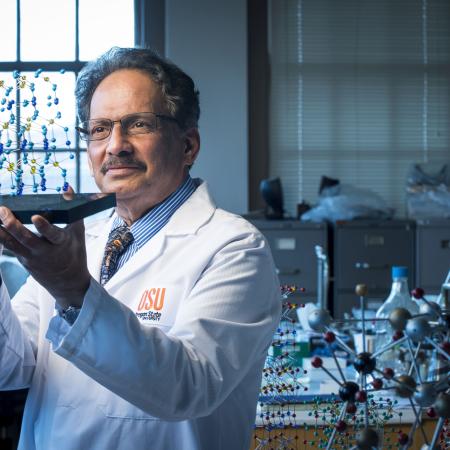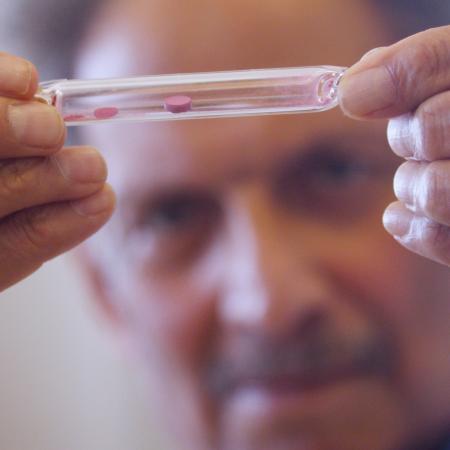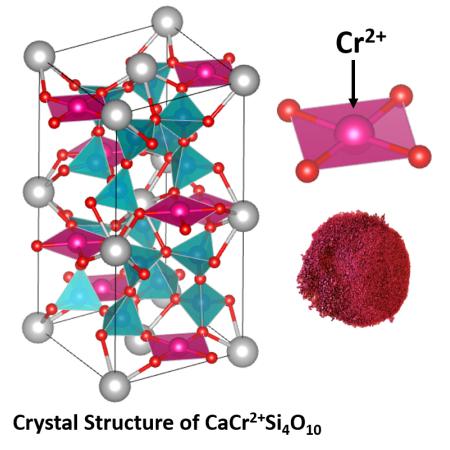The separation of uranium, a key part of the nuclear fuel cycle, could potentially be done more safely and efficiently through a new technique developed by Department of Chemistry graduate student Harrison Neal and chemistry professor May Nyman. Scientists from the University of Notre Dame collaborated on the research, which was supported by the U.S. Department of Energy.

Chemistry professor May Nyman
The technique uses soap-like chemicals known as surfactants to extract uranium from an aqueous solution into a kerosene solution in the form of hollow clusters. Aside from fuel preparation, it may also find value in legacy waste treatment and for the cleanup of environmental contamination.
The research at OSU involves a unique form of uranium discovered in 2005, uranyl peroxide capsules, and how those negatively charged clusters form in alkaline conditions. Results were recently published in the European Journal of Inorganic Chemistry.
“This is a very different direction,” said study lead author Neal. “A lot of the work done now is in acid, and we’re at the other end of the pH scale in base. It’s a very different approach, overall using less harmful, less toxic chemicals.”
Throughout the nuclear fuel cycle, many separations are required—in mining, enrichment and fuel fabrication, and then after fuel use, for the recovery of usable spent isotopes and the encapsulation and storage of unusable radioactive components.
“When you use nuclear fuel, the radioactive decay products poison the fuel and make it less effective,” said Nyman, corresponding author on the research. “You have to take it, dissolve it, get the good stuff out and make new fuel.”
Nyman notes the work represents significant fundamental research in the field of cluster chemistry because it allows for the study of uranyl clusters in the organic phase and can pave the way to improved understanding of ion association.
Read more: http://bit.ly/2kxuITJ.



